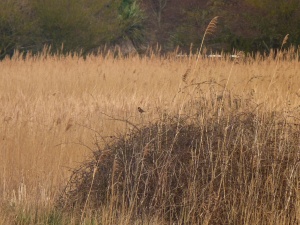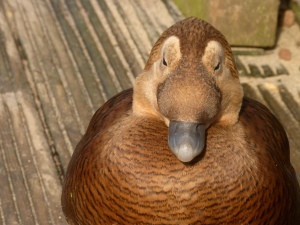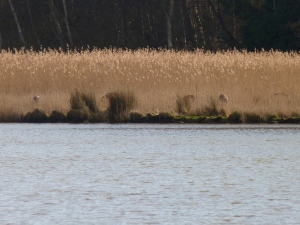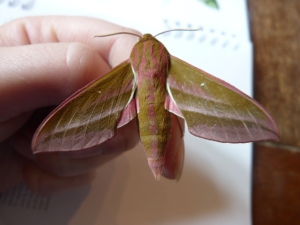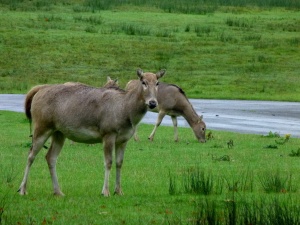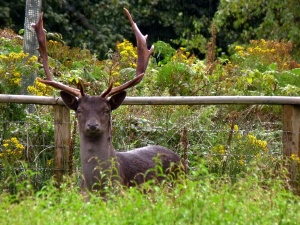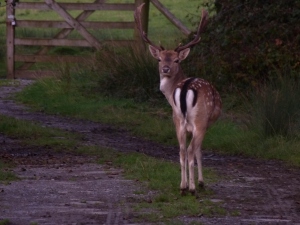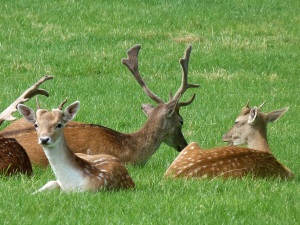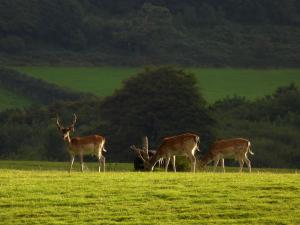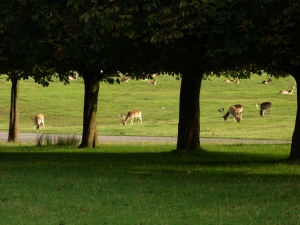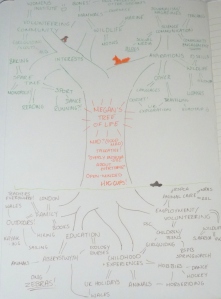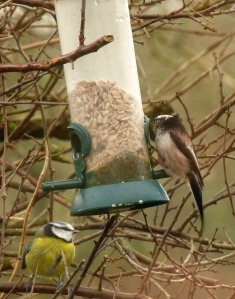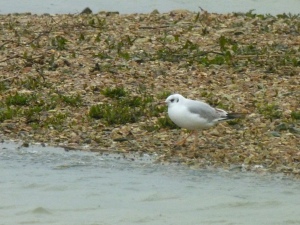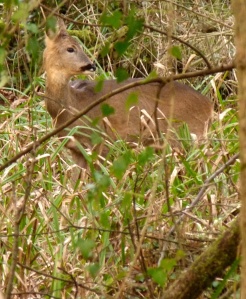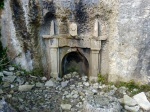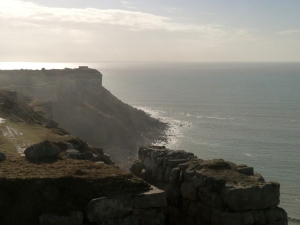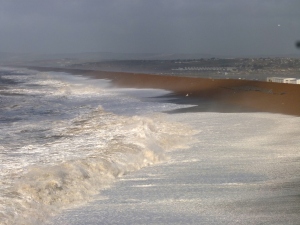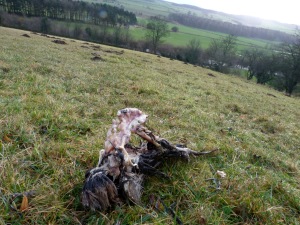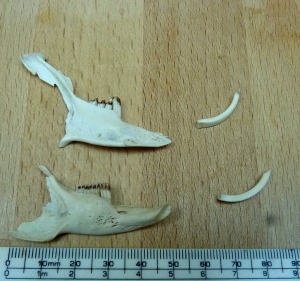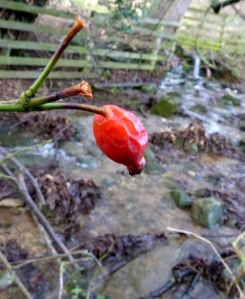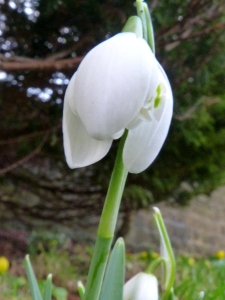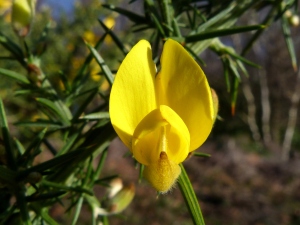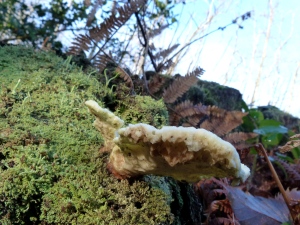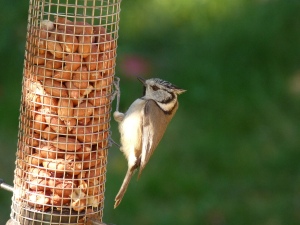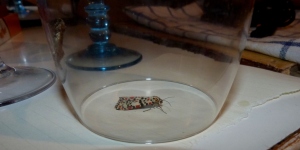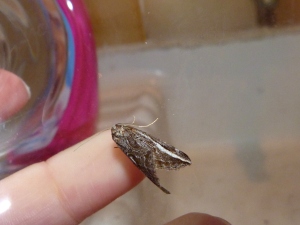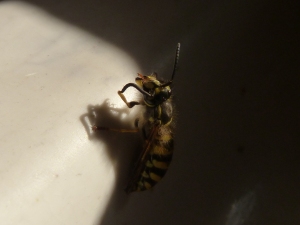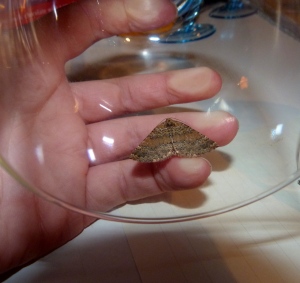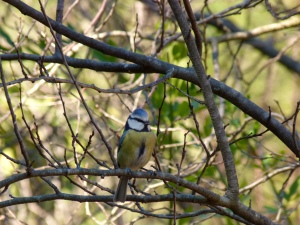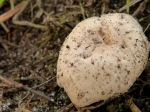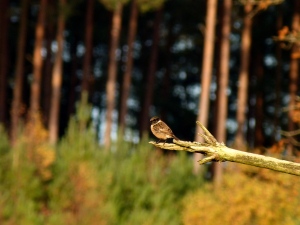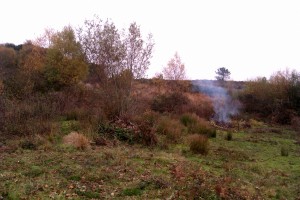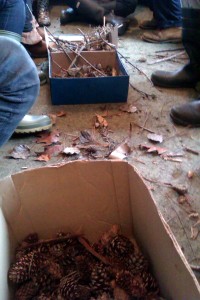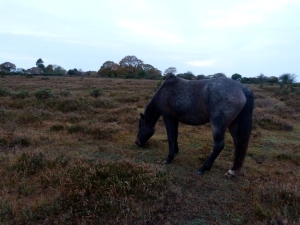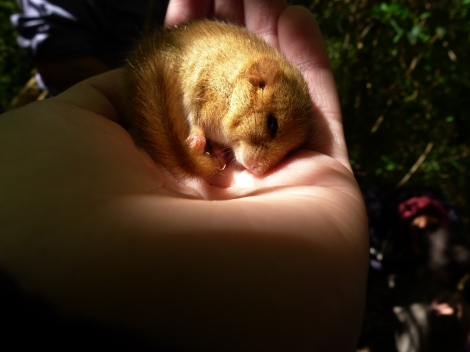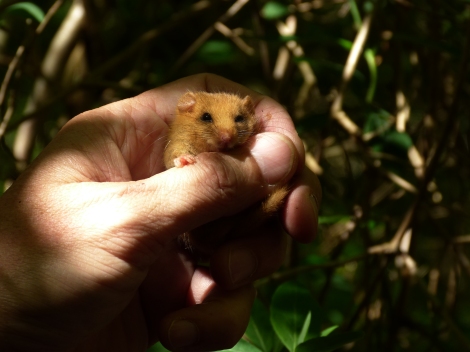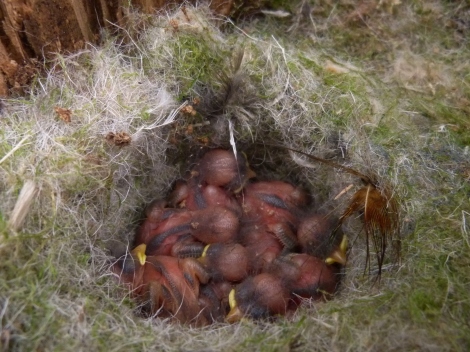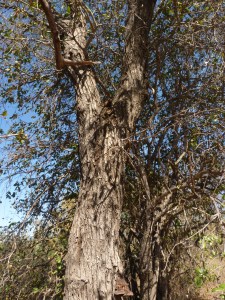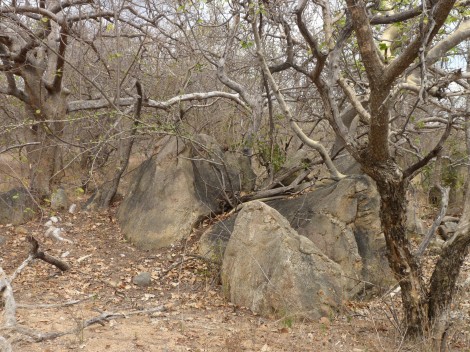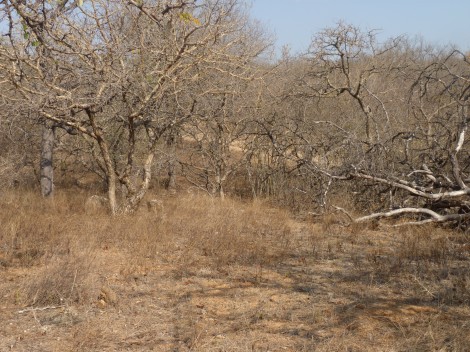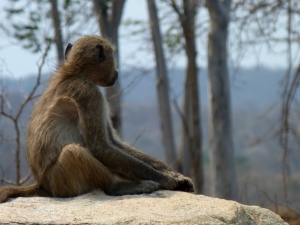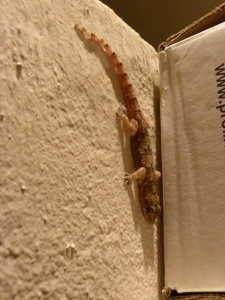When you have seen one bird, you have not seen them all
Crumbs, what a fortnight it has been! Incredibly busy and full of interesting places. Half term was certainly an eventful week, starting with the closure of the Portland Beach Road and the cancellation of Saturday’s event at the centre. But after a clearup, we were back on our feet and raring to go. I spent the majority of the week doing children’s activities – making butterfly or bird feeders. One afternoon, I even spent a while doing some colouring in as I was instructed to by one little girl.
The beginners birdwatching course also continued, this time at RSPB Radipole. We were fortunate to see a water rail and the diving behaviour of a cormorant. Whilst marsh harriers and bitterns are known to be seen there, we unfortunately didn’t find them this time, though we did hear a reed bunting, find some otter spraint and view some stonechats.
The bigger stuff happened in the second week, starting with a road trip to Devon and the Living Coasts centre. It was very interesting, and I absolutely loved the birds section as they’ve got a couple of curious female ducks who like to wander over to you and sit next to you. At one point I do believe I got trapped by the two of them against a fence, but I’m not complaining, as they were utterly adorable!
The last session of the birdwatching course meant a trip to a new reserve for me – Lodmoor, where I saw a couple of firsts. Although I may have seen the species before and just not realised what it was (quite new to birds that aren’t garden ones!). These included: oystercatchers, spoonbills and bearded tits (on a quick flyby), as well as seeing other species such as greenfinch, goldfinch, dunnock, various gulls and ducks.
This week also saw the big highlight for all the trainees – a trip to Brownsea Island! Recently voted as the nation’s favourite nature reserve, with a range of amazing habitats and species, and we were there all day. One species that it’s well known for is the sandwich tern who nests on the little islands on the lagoon. We were helping out this species by chucking on our waders or wellies and splashing out to these islands to weed them, add more gravel and fence them.
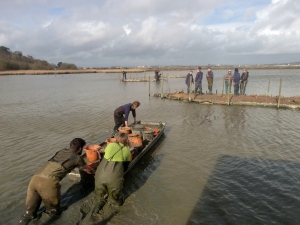
Taking gravel out to the islands. Apparently harder than it looks (no waders for me, so I got ferried across, felt rather posh I won’t lie)
All these jobs are very important for the terns whilst raising their chicks. Weeding is important because too much plant cover and the terns won’t want to nest there, although too little and the chicks won’t have as many places to hide form predators. The gravel is needed as this what the adult terns love to nest on (just like the little terns at Chesil loving the pebbles). And the fencing, whilst an annoyance for photographers, is needed to prevent predators (e.g. herons) from flying in and decimating the chick population.
Whilst I didn’t see any red squirrels, I did see a new species of deer for me – Sika deer, albeit that they were partially hidden. And I know I’ll be back on the island before too long, I mean, come on, I live in the same county as our favourite reserve, how could I not be?
Last but not least, my training at Chesil included another event, this time focussed on birds (there seems to be a theme to this fortnight does there not?). Marc Smith, the Chesil Beach Centre Officer, gave talks on the Spring Birds of the Fleet and who we can expect to depart / arrive on migrations. The accompanying dance moves made the talks particularly good. The talks coincided with the optics day, where an Opticron respresentative came down and people could try out the range. I had particular fun with one of the scopes, the zoom was amazing!
Outside of training, I’ve had the most amazing time. I went all the way over to Wareham for a talk on the moths of Dorset by Dr Phil Sterling, who is one of the famous names in the moth-ing world. He is also a fantastic speaker and I (along with everyone else in the room) was enthralled, and amazed by the moths found in Dorset. Naturally, I wrote plenty of notes, so much so that someone actually asked if I was a journalist! I also spoke to him about helping out, so I hopefully I’ll shall be doing some interesting moth work this year. Pun intended – I’m rather hoping he will take me under his wing.
My fortnight finished off with yet another first when a fellow naturalist offered to show me where the local barn owl roosts. I’ve dealt with many owl pellets and seen a number of rescue owls (even worked with one), but I’ve never seen a properly wild barn owl. So off we went … to the local prison! Well, not quite, but the roost is actually on the edge of its property. And guess what happened. I saw a barn owl! Not just that, I saw two! I was absolutely thrilled to bits! I can’t wait for the rain to pass and head back over to see them, maybe I’ll even get a photo this time.
Well, as you can see, I’ve had an eventful fortnight, and thus a rather long blog post, despite cutting out a number of less exciting but still pretty awesome things.
In case you’ve not had enough of my blogging, I have also badgered Steve Davis (the trainees’ manager) into letting me get started on the traineeship blog so that should be posting again soon. You’ll be able to read up on everyone’s exploits here.
To finish with, a distinctly non-bird photo.
NB on the title: I came across the full quote “When you have seen one ant, one bird, one tree, you have not seen them all.” during this week and felt it was rather appropriate for a bird-focussed blog post. The quote is from E.O.Wilson, a famous scientist whose main area of research has been on ants (who are more fascinating animals than people give them credit for).

